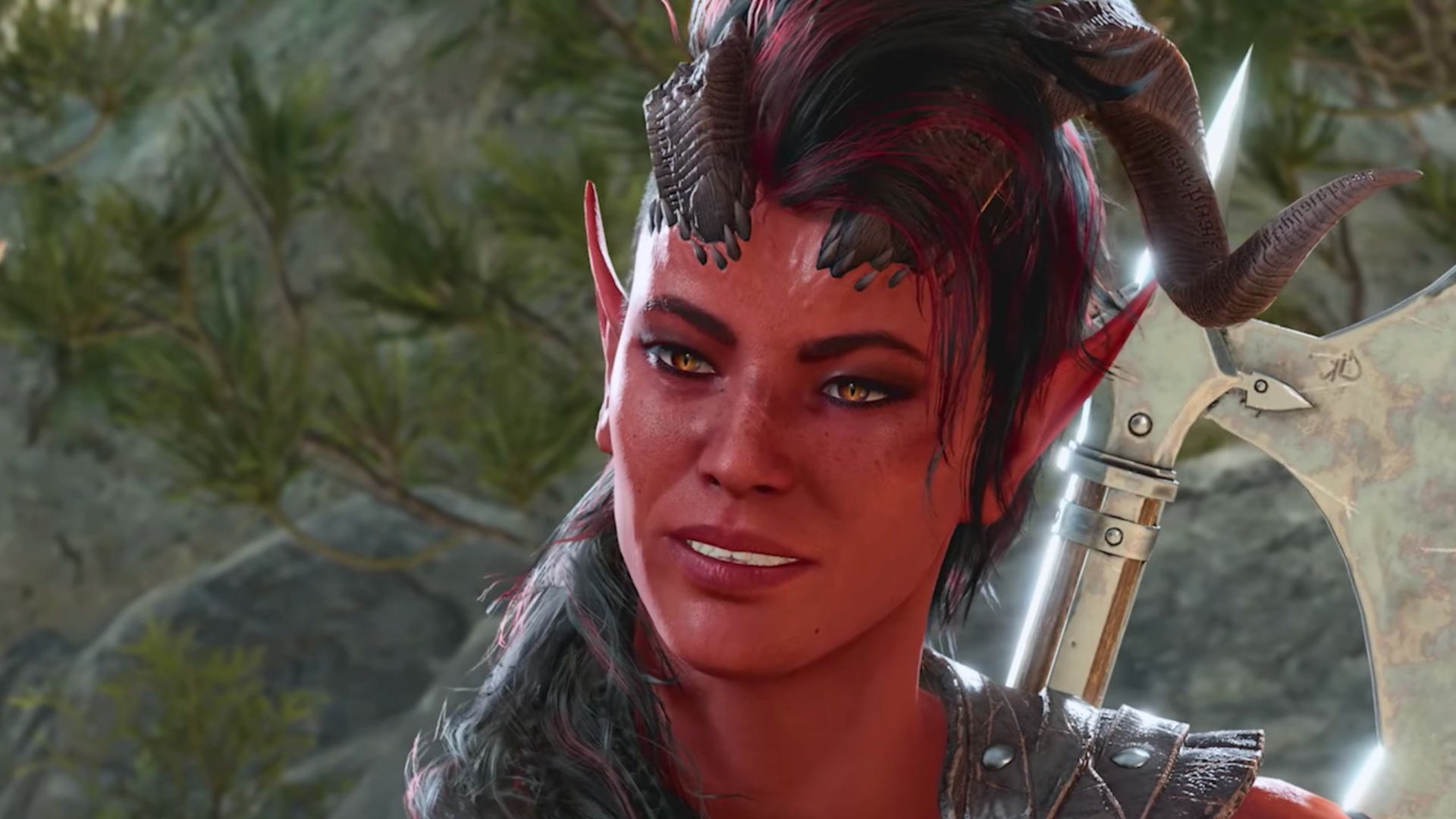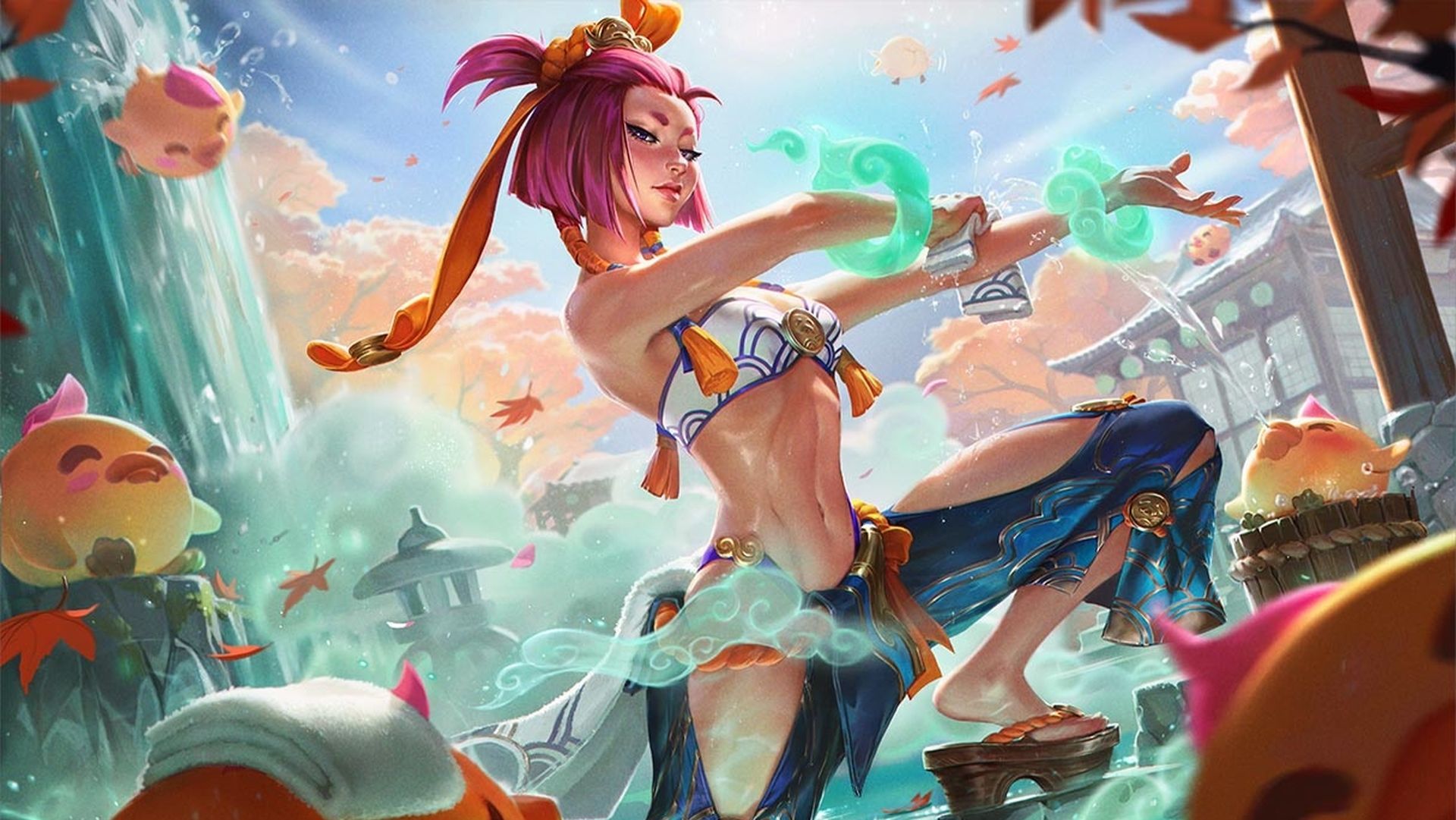Tim: I’ve seen a lot less of Lucky’s Tale over the game’s gestation than Wes has, so I was something close to dumbstruck by how polished it actually is. With a lot of VR stuff you expect compromises and rough edges, but this Technicolor platformer starring a cartoon fox is slick, responsive, and crucially, really good fun. Hey, don’t make that face. It’s easy to look at the accompanying screenshot here and dismiss it as a rote, family friendly, collect-’n’-jump game. But as with the best VR experiences so far, there really is no substitute for the freshness you get from jumping into the world and controlling the character in what feels like true three-dimensional space.
The good news is that this is one of the games that will come bundled with the Oculus Rift, so everyone will get to sample its charms. Lucky is essentially Tails from the Sonic games but with a regular number of appendages. He’s charming enough that youngsters will immediately like him, but also doesn’t do/say anything likely to annoy adults. Lucky’s core set of moves includes double jumping, tail-spinning and a Mario-style bottom bash. Standard stuff, again, but what I particularly like is that the animation can be interrupted to let you combo smoothly from one moves to another.
Careful attention, and according to lead game designer Dan Hurd a vast amount of man-hours, has been spent on making sure the camera stays positioned correctly as you bouncing Lucky around the levels. For the most part I found the approach, which is a mixture of automation and manicured placement, worked well. It was never disorientating, and only did I find myself straining to see something it wasn’t already showing me. Playful, the studio behind Lucky’s Tale, reckons it will take about four-six hours to finish. Five-seven if you’re stopping to sniff the cartoon daisies.
Although there’s nothing novel here in terms of mechanics, saying that misses the point entirely because it’s the perspective itself, and the sense of being there, that makes the game feel like it could be close to an essential Rift experience. Much of the talk around VR has centred on how first-person content will work. But Lucky’s Tale suggests that third-person might be substantially more viable. Not only does it dodge the motion problems which blight first-person content, but it actually feels like it benefits from the addition of VR. Lining up jumps and timing attacks actually proves more satisfying, and more intuitive, in third-person VR. Who knew? Just Lucky, I guess.


